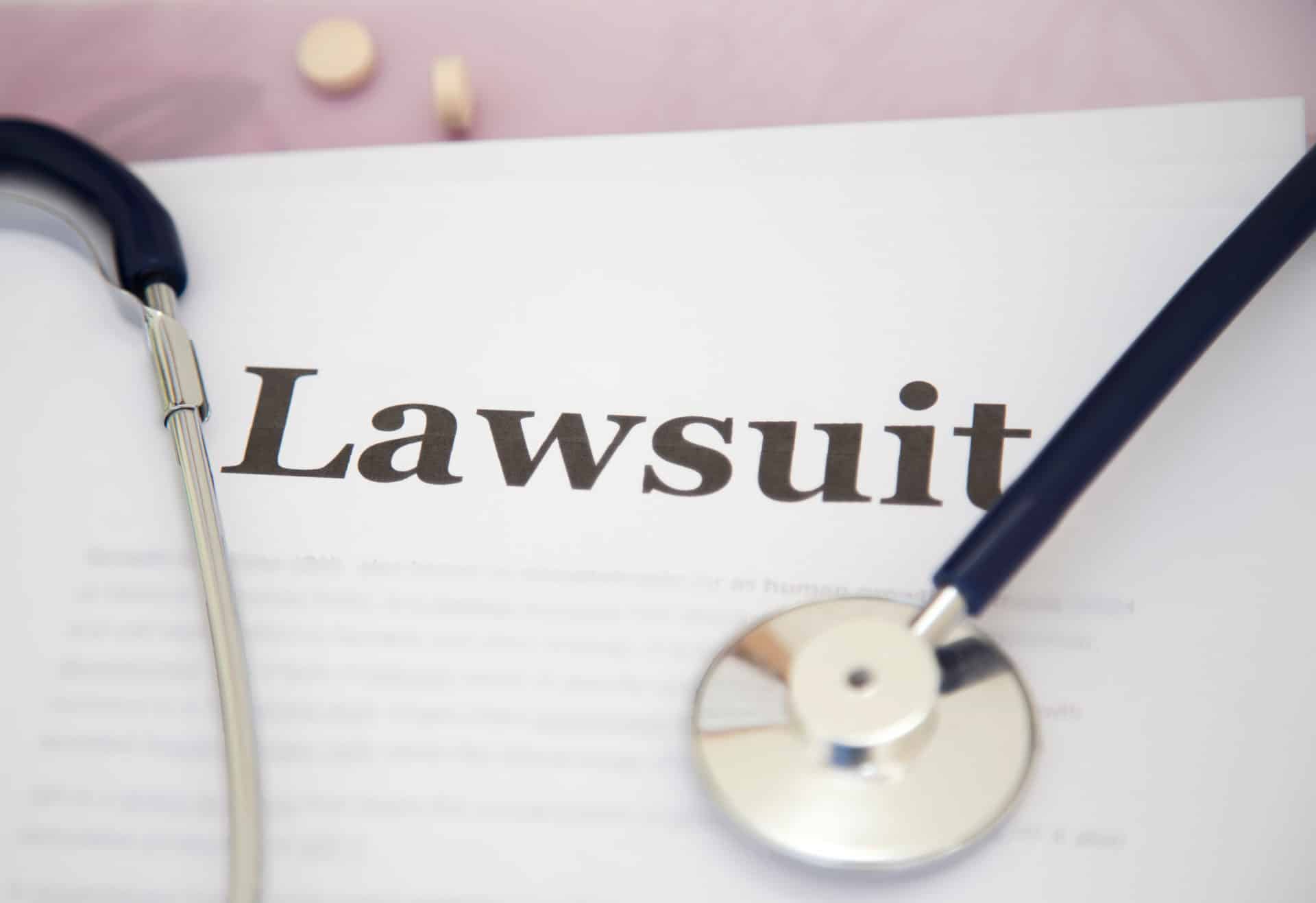
You should be able to trust your doctors, nurses, and other healthcare providers. In most lines of healthcare-related work, they are educated and trained for over a decade before entering into the real world of medicine.
Even then, though, medical malpractice can happen through sloppiness, carelessness, and negligence.
Medical practitioners’ responsibilities are highly scrutinized so that you may be sure of the care you receive from them. The law describes what it takes for a doctor to be held liable for medical injury and what you can do to obtain recovery for your physical and emotional injuries. This post will guide you through the process of a medical malpractice lawsuit.
How Do I Know If I Have a NY Medical Malpractice Case?
Medical malpractice is defined as any medical doctor’s failure to use reasonable care under the circumstances: a deviation or departure from accepted practice. It is doing something that a reasonably prudent doctor would not do under similar circumstances, or failing to do something that a reasonably prudent doctor would do under the circumstances.
However, a doctor performing a medical service does not bind him/her to a successful treatment. A doctor’s poor performance is not considered negligent and does not confirm legal liability provided he/she makes reasonable medical judgement and a careful examination. The doctor is only liable if he/she was negligent.
To establish the liability of a physician for medical malpractice, you must prove that the physician exhibited negligence or deviated or departed from accepted community standards of practice and that such departure was a cause of your injuries.
How Long After the Medical Incident Can I File a Legal Complaint?
The statute of limitations for medical malpractice in New York is two and a half years after the act complained of. If the injury-causing act was a continuous treatment for a targeted illness, the two and a half year period begins after the last treatment. For minors, the two and a half year time period of limitations begins after the patient reaches adulthood.
If the complaint is about a foreign object inside the body of the patient, you will have one year following the date of discovery of the foreign object, or the date of discovery of facts which would reasonably lead to such discovery, whichever is earlier. The term “foreign object” does NOT include:
● Chemical compounds
● Fixation devices
● Prosthetic aids or devices
What Medical Malpractices Can A NY Doctor Be Legally Liable For?
In general, if the actions of a physician fall under the definition of an act of negligence defined above, and that act is a cause of a medical injury, he or she can be held liable. However, it can be hard to define what a cause for a medical injury can be. In this section, we will look at legal definitions and precedents to see what you can sue for.
Proximate Cause
To start, let’s look at what a “cause” for a medical injury means. You as the plaintiff must demonstrate that the doctor’s malpractice was “a” cause of an injury, not “the” cause.
In this case, the cause is referred to as a proximate cause. Proximate cause can be a physician’s delay to diagnose your medical condition. Proximate cause must be established by an expert opinion.
Requirement of Expert Medical Testimony
The doctor may be able to provide medically sound evidence that supports his/her claim that professional judgement was exercised in deciding how to treat you. In this case, expert medical testimony is needed to help the jury determine whether such treatment was negligent. A lack of this testimony, when needed, can be a lethal blow to your case, so keep this in the back of your mind.
Legal Medical Malpractice Precedents
King v St. Barnabas Hospital decided that in a case where malpractice diminishes a patient’s chances of recovery, proximate cause may be a question for the jury. This is established under the loss of chance doctrine. Essentially, no matter how minimally a doctor’s malpractice affected your medical injury, your doctor’s negligence can still be held as a proximate cause for your medical injury related to the negligence.
Becker v Schwartz decided that a parent may maintain a cause of action on his or her behalf for the extraordinary costs incurred in raising a child with a disability who would not have been born but for the malpractice of the physician.

To succeed, the parent must show that the malpractice of the physician led to a situation in which the parent was unable to terminate the pregnancy or that the child would not have been conceived but for the doctor’s malpractice.
Broadnax v Gonzalez decided that a doctor’s malpractice that results in a miscarriage or stillbirth warrants the recovery of damages for the expectant mother’s emotional distress. However, if the alleged malpractice causes damage in utero to the fetus, but the baby is still born alive, the mother may not recover damages for emotional harm.









